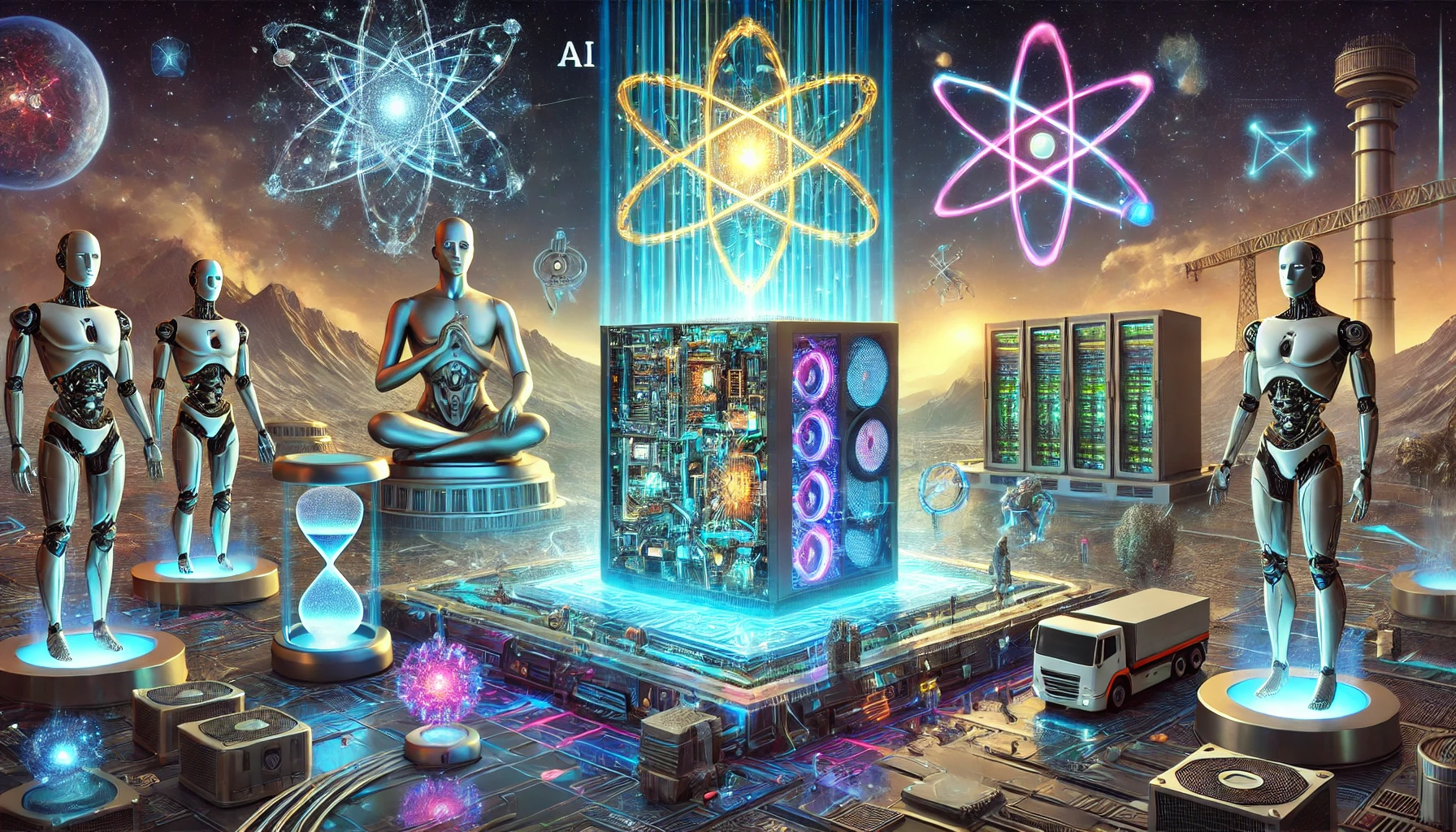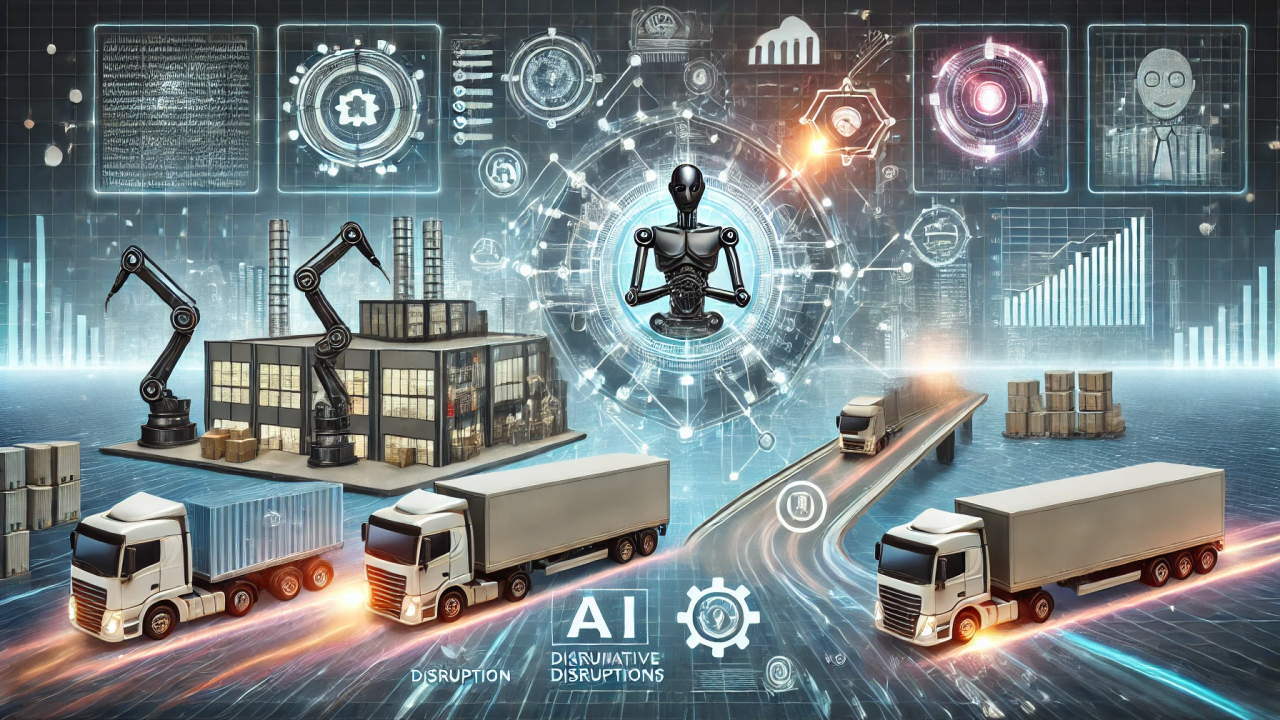In the rapidly evolving landscape of technology, two domains stand out for their transformative potential: Artificial Intelligence (AI) and Quantum Computing. Individually, each holds the promise to revolutionize industries; together, they are poised to redefine the very fabric of computation. Central to this convergence are Rare Earth Elements (REEs), the often-overlooked heroes enabling these advancements. This article delves into how the intersection of AI and quantum computing is shaping the future, the pivotal role of REEs in this synergy, and the global race among nations and tech giants to lead this frontier.
The Intersection of AI and Quantum Computing
The fusion of AI and quantum computing represents a paradigm shift, offering computational capabilities far beyond the reach of classical systems.
Quantum Computing: A Brief Overview
Quantum computing leverages the principles of quantum mechanics to process information. Unlike classical bits, which can be either 0 or 1, quantum bits (qubits) can exist in multiple states simultaneously, thanks to superposition. This property allows quantum computers to perform complex calculations at unprecedented speeds.
AI’s Quantum Leap
Integrating quantum computing with AI accelerates data processing and enhances machine learning models. Quantum algorithms can analyze vast datasets more efficiently, leading to faster training of AI systems and the discovery of patterns previously beyond our computational grasp.
The Role of REEs in High-Performance AI Chips and Quantum Neural Networks
Rare Earth Elements are integral to the hardware powering both AI and quantum computing.
REEs in AI Hardware
High-performance AI chips, such as GPUs and TPUs, rely on REEs for their magnetic and conductive properties. Elements like neodymium and dysprosium are essential in manufacturing strong permanent magnets used in these processors, ensuring efficient data processing and energy consumption.
REEs in Quantum Computing
In quantum computing, REEs like europium and ytterbium are utilized to create stable qubits. Their unique electronic configurations allow for longer coherence times, which are crucial for maintaining quantum states during computations. For instance, highlights europium’s potential in developing quantum memory systems.

The Global Race to Develop AI-Quantum Hybrid Systems
Recognizing the transformative potential of AI-quantum systems, countries and tech giants are investing heavily in this arena.
National Initiatives
- United States: The U.S. government has increased funding for quantum research, aiming to maintain its technological edge. Collaborations between national laboratories and universities are fostering innovation in AI-quantum integration.
- China: With significant investments in quantum research, China aims to become a global leader in quantum technologies, integrating AI to enhance its computational capabilities.
- European Union: The EU’s Quantum Flagship program is a €1 billion initiative to advance quantum technologies, with a focus on integrating AI for applications across various sectors.
Corporate Pioneers
Several tech giants are at the forefront of developing AI-quantum hybrid systems:
- IBM: IBM’s Quantum System Two, set to be installed in Europe, represents a significant advancement in quantum computing infrastructure. This system aims to execute advanced quantum algorithms, benefiting sectors like biotechnology and cybersecurity.
- Google: Google’s Quantum AI initiative focuses on developing quantum algorithms for machine learning applications. Their Sycamore processor demonstrated quantum supremacy by performing a specific task faster than classical supercomputers.
- Microsoft: Microsoft’s development of the “Majorana 1” chip, utilizing a new state of matter, marks a revolutionary step in quantum computing. This advancement could lead to the most powerful computers ever, with applications spanning data encryption and complex problem-solving.
Conclusion: Insights from Mattias Knutsson
The convergence of AI and quantum computing, powered by Rare Earth Elements, is ushering in a new era of technological innovation. According to Mattias Knutsson, an expert in Global Procurement and Business Development, “The strategic importance of securing a stable supply of REEs cannot be overstated. Nations and corporations that invest in sustainable sourcing and innovative applications of these elements will lead the next computing revolution.”
As we stand on the cusp of this revolution, the synergy between AI and quantum computing promises to unlock solutions to some of humanity’s most pressing challenges, from climate modeling to drug discovery. The race to develop AI-quantum hybrid systems is not just a testament to human ingenuity but also a clarion call to responsibly harness the Earth’s resources for a sustainable future.
What’s Next?
The journey into the realm of Rare Earth Elements and their pivotal role in technological advancements continues. In the next installment of our series, we will explore:
Superconductors and Rare Earths (REEs): The Key to Next-Gen AI and Quantum Computing
Discover:
- How superconductors, enabled by REEs, are revolutionizing computing speeds.
- The latest breakthroughs in superconductor technology and their applications in AI and quantum systems.
- The global efforts to develop REE-based superconductors for sustainable technological growth.
👉 Continue reading to the next part!
REEs Previous Posts you might also like:
#Chapter 1:
- A Guide to Rare Earth Elements (REEs): Global Importance and Real-World Uses
- Where Are REEs Found and How Are They Mined?
- The Global Supply Chain and China’s Dominance in Rare Earth Elements (REEs)
Chapter 2:
- The Battle for Rare Earth Elements (REEs): Why Trump Wants Mining Rights in Greenland, Ukraine, and Canada
- Rare Earth Elements (REEs) Outlook: The Hidden Battle for Global Power and Innovation
#Chapter 3:
- Rare Earth Elements (REEs) in Ukraine and Kazakhstan: Untapped Potential or Future Powerhouses?
- The Global Quest for Rare Earth Elements (REEs) Deposits: Unexplored Frontiers and Emerging Hotspots
Chapter 4:
- Rare Earth Recycling: The Key to a Sustainable REEs Supply?
- Rare Earth Elements (REEs) and Global Supply Chain Challenges
- The Role of Rare Earth Elements (REEs) in Modern Technology
Chapter 5:






One Response
I appreciate how you make simpler complicated concepts into digestible and comprehensible segments.